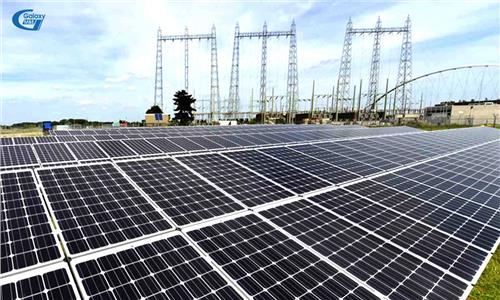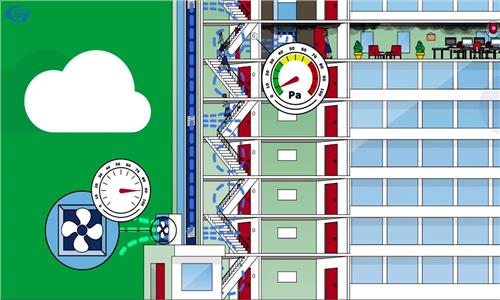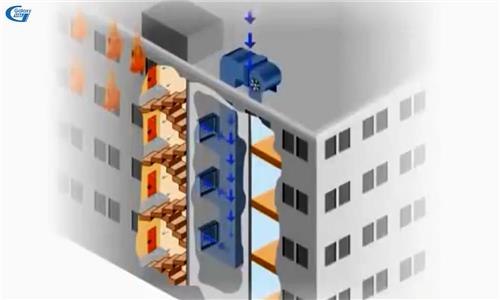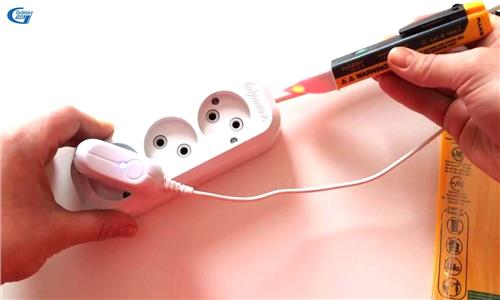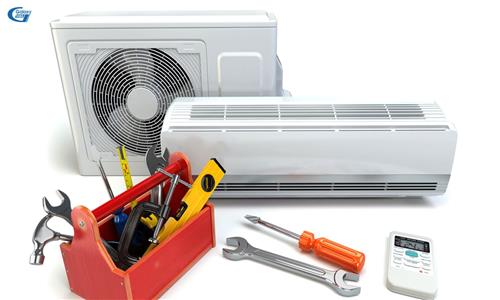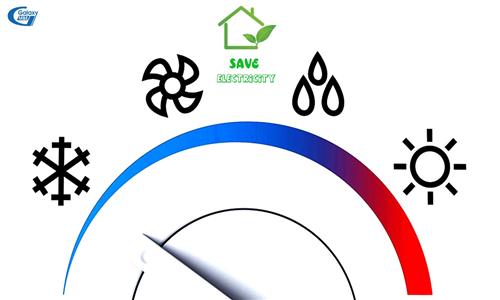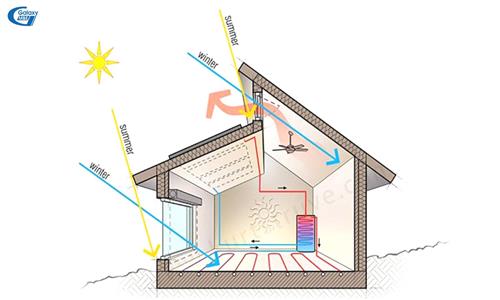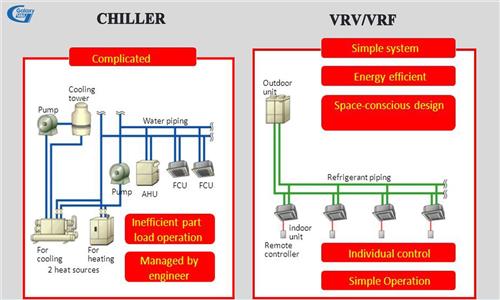Efficiency of solar power investment and 3 affecting factors | Galaxy M&E
According to the understanding of Galaxy M&E contractor, if the real life of the solar power system is more than 10 years, the efficiency of solar power investment for a family will be profitable. In contrast, less than 7 years and the system has already generated errors, depreciation time is a story with no end.
With the desire to contribute a part to the construction and development of clean energy in Vietnam, while ensuring maximum benefits for customers, Galaxy Electrical Mechanical Contractors will offer three main factors that directly affect to the efficiency of solar power investment.
1. Overview of the structure of the solar power system
Solar power system is composed of 4 main components:
- System of solar panels
- System foot rack
- Inverter (AC to DC converter, also called Inverter)
- Electrical cabinets

1.1. Types of solar batteries
So far the main material for solar cells (and for semiconductor devices) is crystalline silicon. Solar cells from silicon crystals are divided into 2 types:
- Monocrystals, also known as Monocrystalline (Mono) produced based on the Czochralski process. Mono batteries are uniformly dark black. The square-shaped battery cells are angled together to create alternating diamond spaces. Monocrystalline with more than 16% efficiency. They are expensive due to being cut from tubular ingots.
- Polycrystalline (Poly) is made from cast silicon ingots, then cooled and solidified. The battery cells are arranged together as a large intact array. Poly batteries are dark green and are often cheaper than monocrystals, but are less efficient.
The capacity (Wp) of each solar panel varies depending on the technology, origin, brand and manufacturer. Wp (Watt-peak) is used to describe the capacity of the battery. Wp is the maximum unit of electrical energy that can be supplied by a battery in 25°C outdoor and 1000 W / m2 sunlight conditions. In other words, Wp is the unit to measure the power of the current generated by a solar panel in standard conditions. In the same area, the higher the number of Wp, the more efficient the panel is. However, since the Wp index is measured in standard conditions, for each installation site, specific weather conditions will give different actual power (W).

System legs, racks of solar panels are mostly made of alloy steel.
1.2. Stand system: This system is usually made of stainless steel. It is like a skeleton to fix and support solar panels. For solar power systems used in combination with roofs, racks also work as trusses that support the roof system - the solar panels.
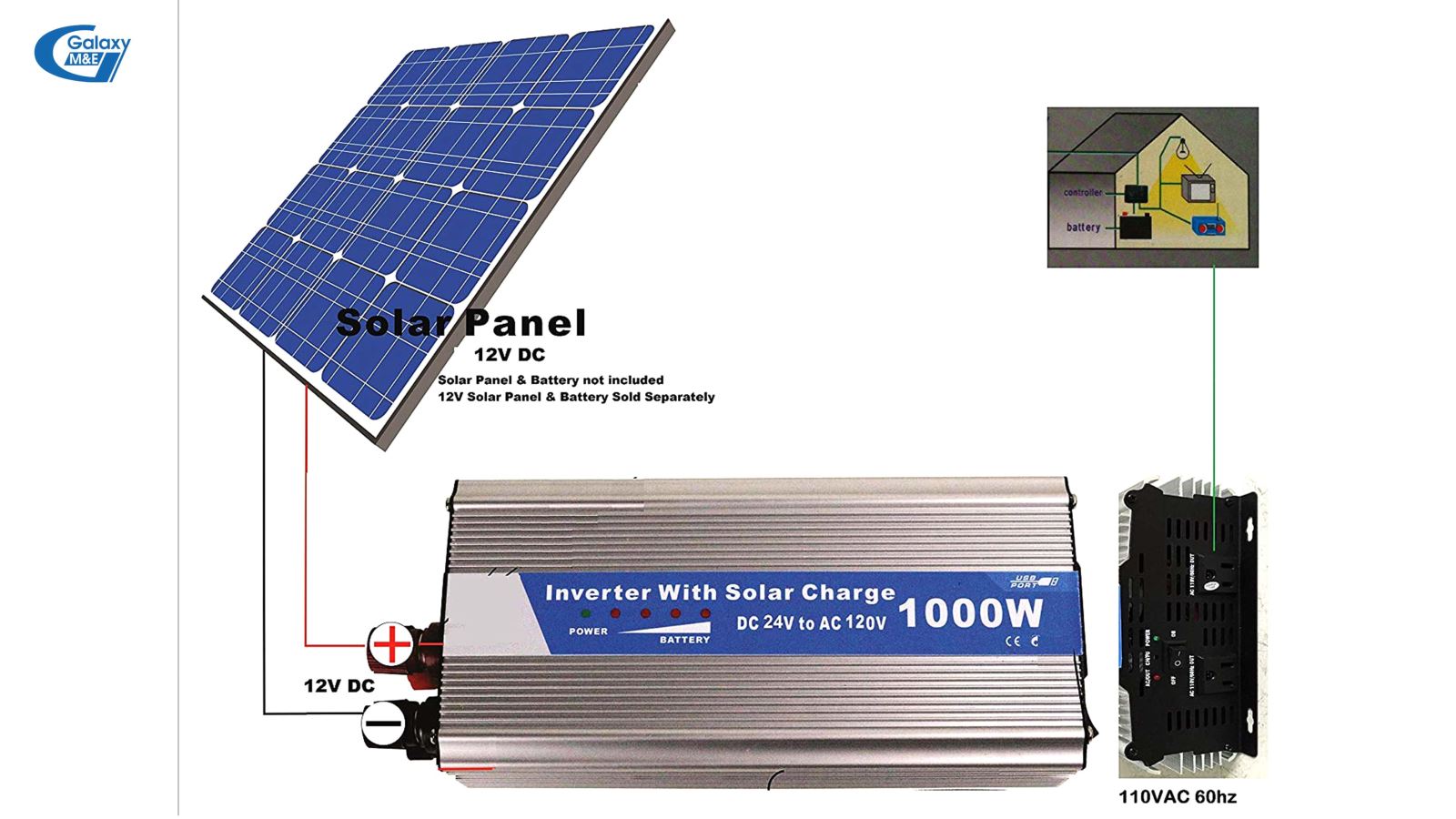
For each system, there will be different types of inverters of different manufacturers.
1.3. Frequency converter: The current generated from solar panels is direct current (DC). Want to use electricity for electrical equipment, solar power systems need converters, turning DC into AC (alternating current).
1.4. Electrical cabinets: A box containing devices including CB (anti-leakage), Relays, Inverter, connection circuits, circuit breaker, batteries ... These devices ensure the solar power system to operate safely and stably. Defined by overload / voltage drop protection.

Solar power only works when there is enough sunlight.
1.5. The operating principle of the system
When there is sunlight, the panels will operate according to the following principle:
(1) Solar cells absorb solar energy, creating a direct current;
(2) Direct current flows through the inverter to form alternating current;
(3) and (4) Alternating current enters the ASSEMBLY and CB, the output constitutes the power supplied directly to the load equipment or runs via bidirectional meters;
(5) Bidirectional electric meter: If the electricity generated from the solar power system is not consumed, the residue will go into the bidirectional meter and uploaded to the National Grid. The residual index is recorded on two-way meters, which is also a basis for EVN to pay expenses for solar power users.
(6) If the electricity generated from the solar power system is not enough to supply the additional equipment, the National Grid will automatically compensate the load to ensure the electrical equipment operates normally.
In the absence of sunlight: Solar panels will not produce electricity. The electricity must now be used either through the accumulation system (battery), or through the National Grid.
2. The cost of investing in solar power system is calculated by the electromechanical contractor
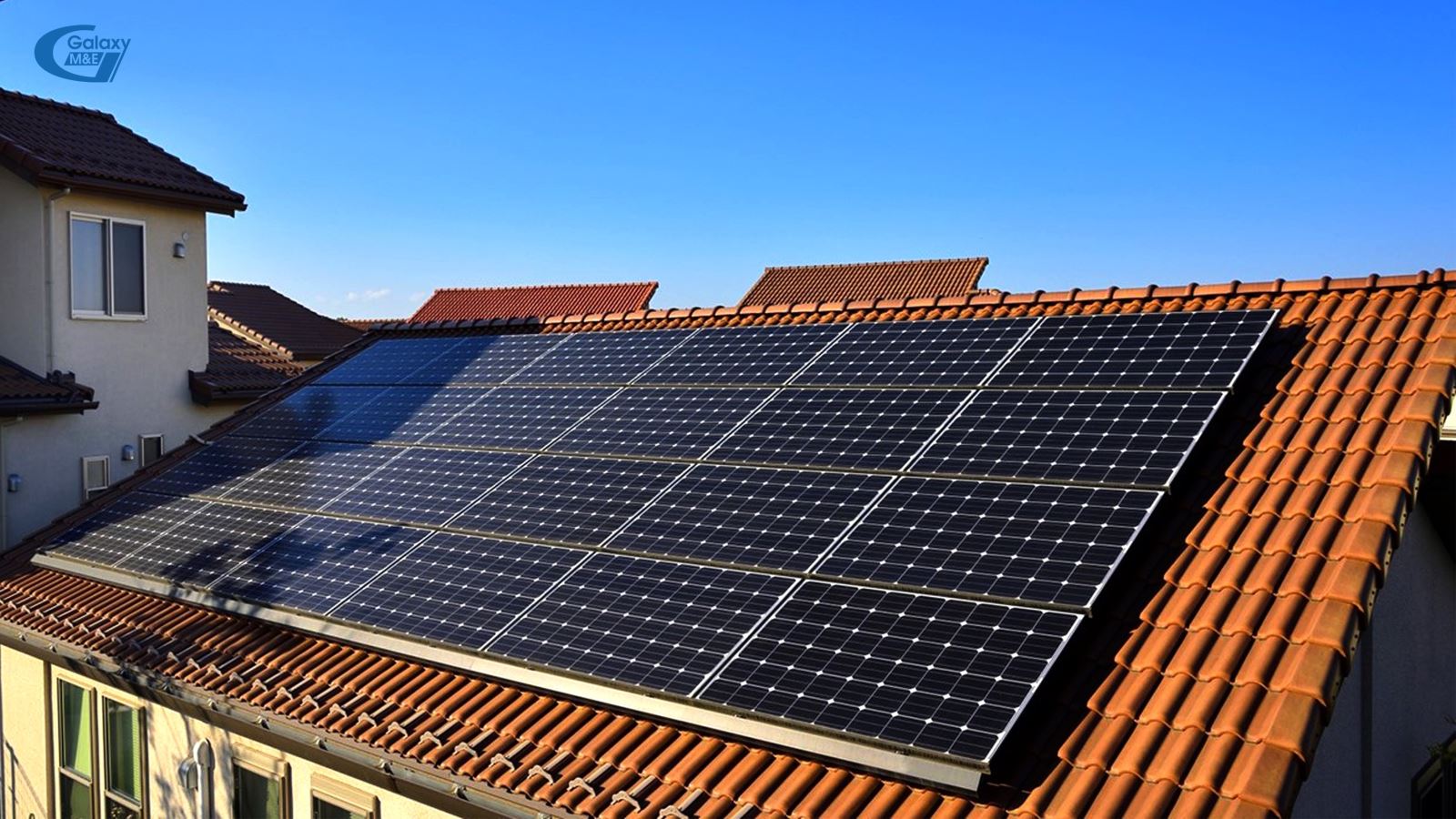
Solar power family scale.
2.1. Invest in home-scale solar power system
The average investment cost for a family-size solar PV system ranges from 20 million to 25 million/kWp. Each kWp needs an area of 6 to 7 m2 to install solar panels. On average, each day about 4.5 hours of sunlight will be provided for the solar system. Each hour produces 1 kWp equivalent to 0.8 kWh (calculated at 80% efficiency). Thus, in accordance with the demand of household-scale power use, each day requires 4 to 6 numbers of electricity (kWh), deduce that each hour of sunshine needs to produce 1.6 kWp, the minimum area required for installation. Solar battery is about 9.6 m2. According to the above-mentioned unit price, the cost to install solar power system for the family ranges from 32 million to 40 million.
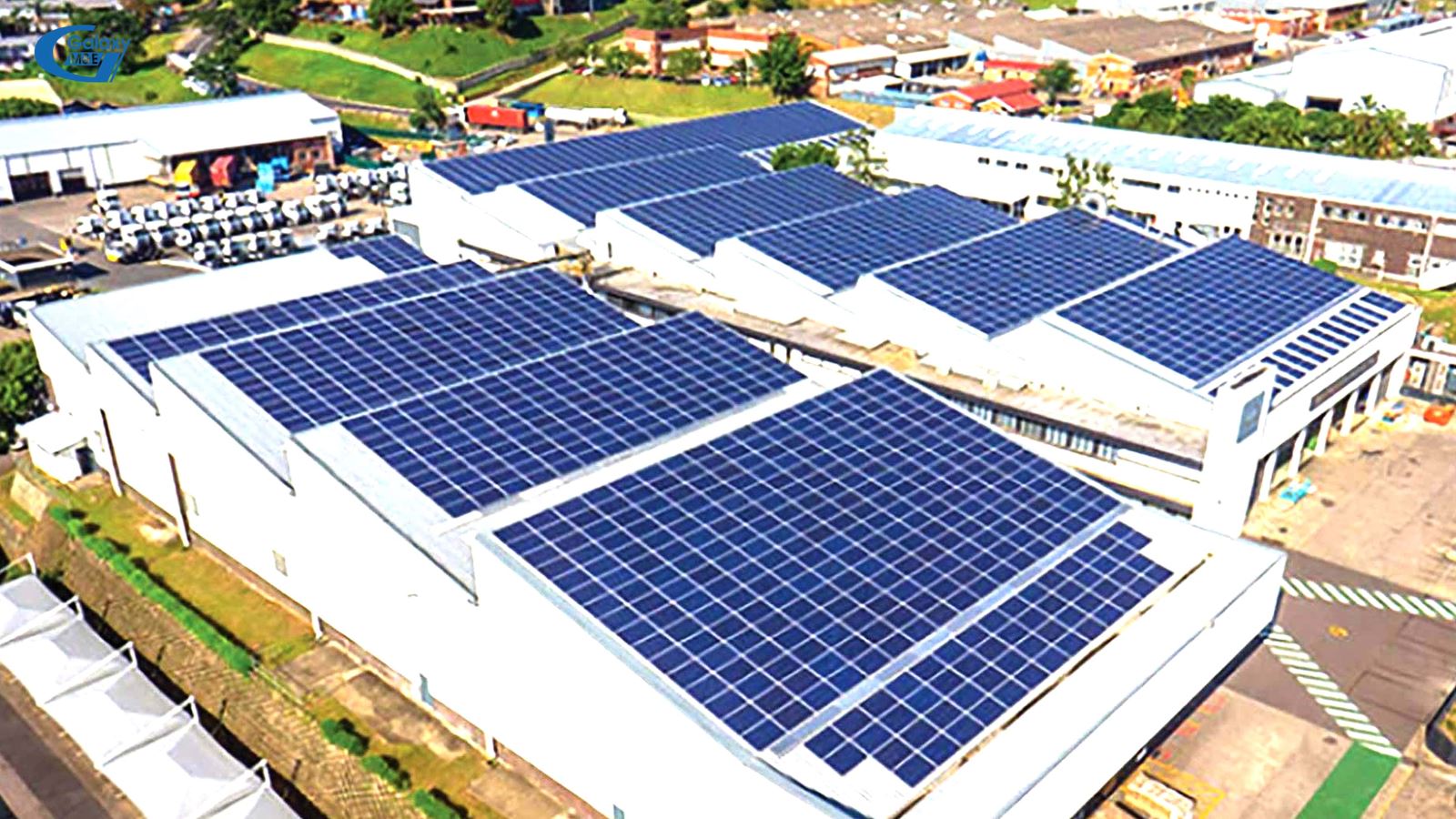
Solar electricity in factories and industrial parks.
2.2. Invest in solar power system scale factory
According to market principles, the larger the package of construction and product supply, the smaller the average investment cost per unit. Similarly, with the size of the workshop, the amount of electricity needed per day will be a lot higher than that of the family. Therefore, the construction unit price based on the area of solar panels will be cheaper than family size from 2 to about 6 million (unit price from 15 million to 22 million/kWp). For a workshop that needs to use about 90 kWh/day, a solar power system with a total capacity of about 20 kWp is needed. The investment cost for an effective solar PV system is 440 million.
2.3. Investment efficiency of solar power
Most of the consulting, supplying and constructing units of solar power now advertise products with a 5 - year warranty period and the average life expectancy of the system is 30 years. Assuming the information given by the businesses is true, the temporary depreciation period is 5 years. With the example of investing in a solar power system for the factory as mentioned in section 2.2, each year that unit needs to spend 88 million. This amount does not include system maintenance costs. If using grid electricity instead of solar power, corresponding to the amount of electricity used per day (90 kWh), the average electricity charge/year at the current regulations that businesses must pay is around VND 70 million/year. Comparing with the investment of solar power corresponding to the consumed capacity, after 6.3 years, the enterprise will be able to refund the investment cost of solar power and in the subsequent years, the enterprise will not take charge to buy electricity from the grid. 6.3 years period for solar power system to operate effectively, no need to replace components and the price of electricity has not changed compared to the time before investment.
3. Factors affecting efficiency
3.1. Natural element
Based on the way solar panels work, it can be concluded that sunlight, more specifically, the intensity of radiation is the most important factor determining whether or not the solar power system works effectively.
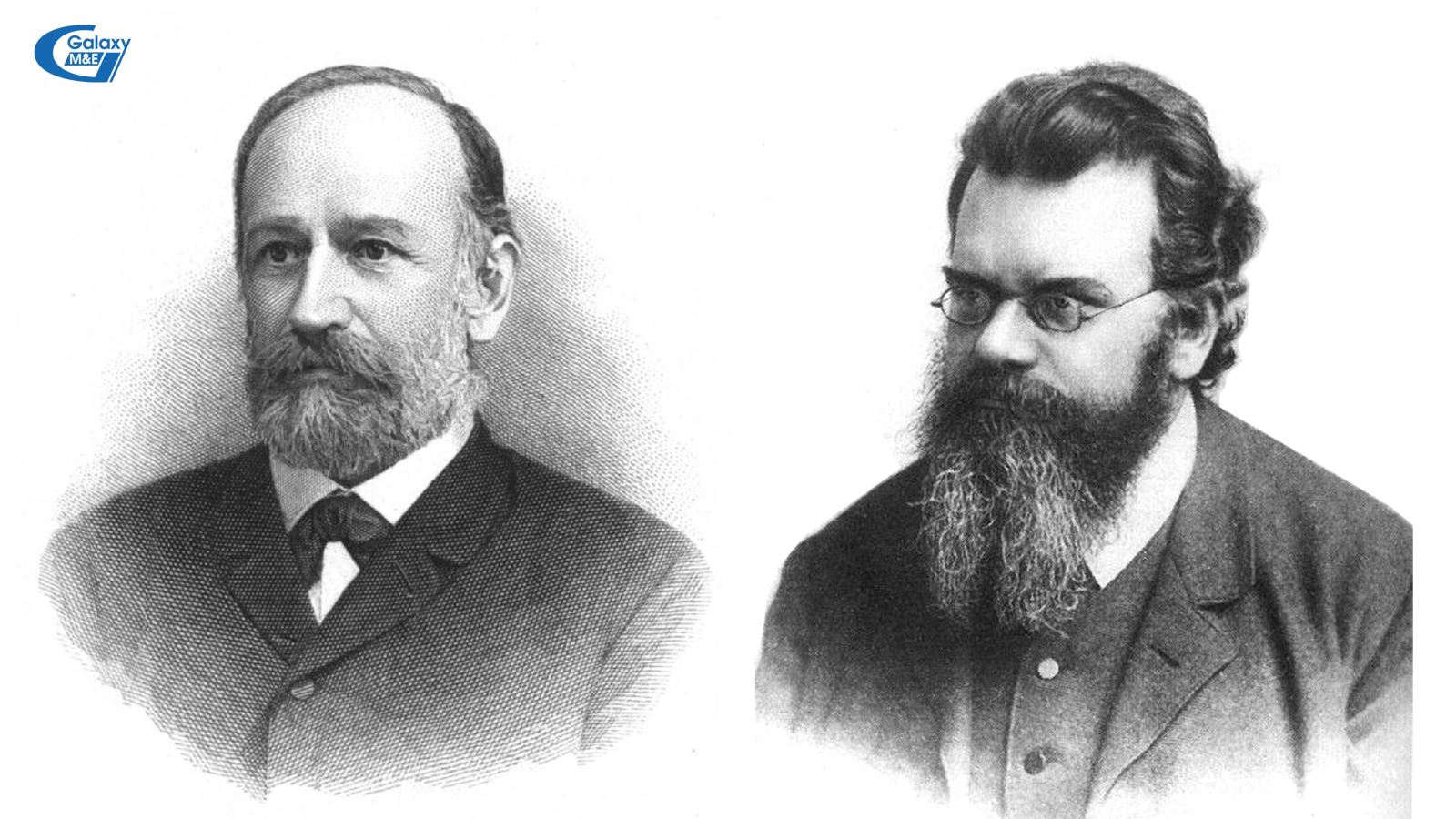
Physicist Josef Stefan (1835 - 1893) on the left and Ludwig Eduard Boltzmann (1844 - 1906) on the right.
Radiation intensity is the amount of radiation per unit area (m2). The amount of radiation per square meter is determined by Stefan-Boltzmann's law. Stefan-Boltzmann's law describes the radiant energy from a black body at a given temperature. A black body is the one that absorbs all electromagnetic radiation to it, regardless of the wavelength. This means that there will be no reflection or scattering on the object, nor will any electromagnetic radiation flow through the object. The unit of measure of radiation input/area is W/m2 (Watt/square meter).
The amount of re-entry depends on two factors: the angle of entry and the time of entry. The time with sunlight determines the amount of radiation delivered and the angle of incidence directly affects the intensity of the radiation. It includes both seasonal time (summer days are longer than winter) and light absorption time is greater.
| Area | Total hours of sunlight in a year |
Solar radiation intensity
(kWh/m2, day)
|
Application |
| Northeast | 1600 - 1750 | 3,3 - 4,1 | Normal |
| Northwest | 1750 - 1800 | 4,1 - 4,9 | Normal |
| North Central | 1700 - 2000 | 4,6 - 5,2 | Good |
| Central Highlands and South Central | 2000 - 2600 | 4,9 - 5,7 | Very good |
| Southern | 2200 - 2500 | 4,3 - 4,9 | Very good |
| The average in the country | 1700 - 2500 | 4,6 | Good |
Intensity of solar radiation areas in Vietnam.
In Vietnam, from below the 17th parallel, solar radiation is not only much but also very stable during the time of the year, decreasing by about 20% from the dry season to the rainy season. In the North, the number of sunshine hours is about 1500 - 1700 hours while in the Central and the South, the number of sunshine hours is about 2000 - 2600 hours/year.
Provinces in the North (from Thua Thien - Hue to the south), an average of 1800 - 2100 hours of sunshine a year. In particular, the Northwest regions (Lai Chau, Son La, Lao Cai) and the North Central Region (Thanh Hoa, Nghe An, Ha Tinh) are considered to be sunny areas. Corresponding to the average number of hours of sunshine in the Northern provinces, the radiation intensity/year here is about 3.69 kWh/m2.
Provinces in the South (from Da Nang to the south), the amount of solar radiation increases by 20% compared to the North, the average number of hours of sunshine is 2000 - 2600 hours. Corresponding to the average number of hours of sunshine in the southern provinces, the radiation intensity/year here is about 5.9 kWh/m2.
The amount of solar radiation depends on the amount of clouds and the atmosphere of each area. Among areas in our country, there is a significant difference in the amount of radiation.
3.2. Technical factors
As stated in section 1.1, the electrical power generated from solar panels depends on many factors. In addition to natural factors, solar cells also depend on the nominal capacity, origin, technology of manufacturing panels, direction, installation location.
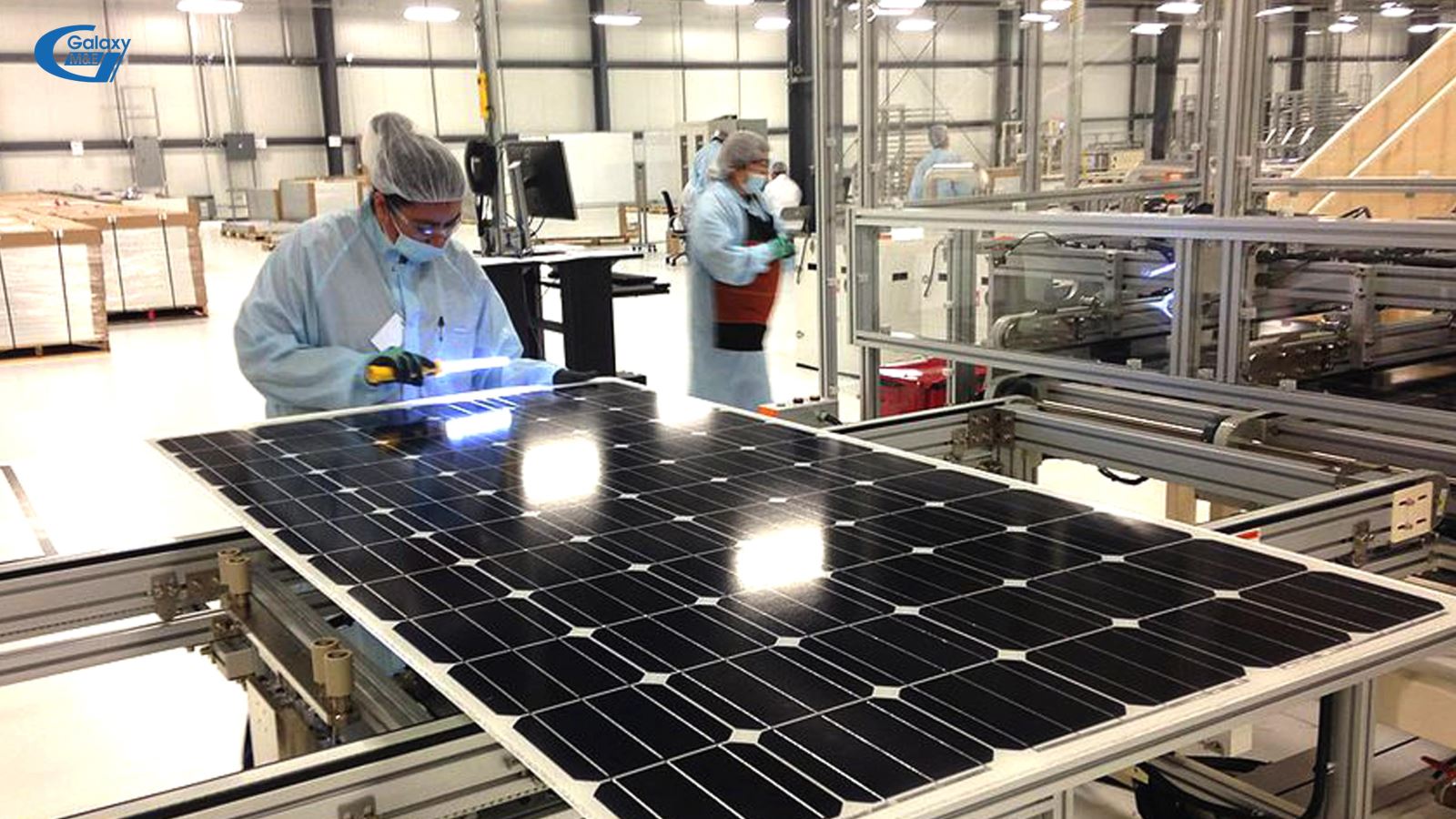
A technical worker in Texas - United States is checking the protective coating, making sure the manufacturing process does not create bubbles that hinder the performance of solar panels.
Regarding the nominal capacity, each solar panel for each brand, origin has different capacity. With some types of solar cells from Germany, Poly type has a power range from 250 Wp to 260 Wp, Mono type has a power range ranging from 280 Wp to 350 Wp. With solar batteries of Chinese origin, the Poly type has the power ranging from 255 Wp to 325 Wp, the Mono type has the capacity from 350 to 370 Wp. Through these parameters, it is easy to see that Chinese-made solar cells have more types and a wider capacity range than that of Germany. However, when it comes to metallurgical technology, especially the technology of making solar panels, no one dares to say China is better than Germany. With an area of 357,375 Km2, the amount of solar power used by Germany has reached 39,275 GW. China is nearly 27 times larger than Germany, but the use of solar power is only 35.78 GW.
In Vietnam today, many units import solar cells from China. The reason is partly due to cheaper price, larger capacity range, more variety of types. The warranty of solar panels of unknown origin or from countries with less developed industries compared to the world is also a matter. While most European-made panels have a minimum 5-year warranty period, Chinese products stop for about 2 years. In addition to solar cells, when the investor has chosen China, they must accept to use all their devices and there is no option to replace the equipment of other brands.
On the scale of household solar power, with the demand for daily supply voltage of 4 to 6 numbers (kWh), if installing Chinese equipment, the price ranges from 28 to 32 million and the warranty period only about 2 to 3 years. To see clearly how technical factors (origin, technology ...) affect investment efficiency, let's consider the following example:
For example: At the same consumption level of 6 - 8 kWh/day, if using grid electricity, the family will consume about 180 kWh/month, corresponding to the electricity charge (according to the latest price tariff of EVN) of VND 331,720/month. Suppose, if the electricity tariff of EVN increases every year by 1%, the electricity consumption remains unchanged (6 kWh/day), only after 7 years will the family fully depreciate the money invested in the solar power system. 7 years is a double the number of device warranty times offered by the manufacturer. If the system's actual lifespan is more than 10 years, the family's investment in solar power is profitable. In contrast, less than 7 years that the system has incurred errors or must replace solar cells, components ... then the time of depreciation of family-scale solar power systems is a never-ending story.
With the three contents mentioned above, Galaxy M&E hopes to help customers get a comprehensive and explicit view of the advantages and disadvantages of the solar power system. Using any energy source to ensure safety and stability for the electricity system in particular and production and business processes in general is a must for businesses to consider. Psychologically, no business rejects sustainable development and advocates the use of clean energy. However, in reality, in order to have conditions to join hands with the whole society to create a green - clean - beautiful environment, businesses do not have to want to be able to, especially when the equipment is supplied to the solar power system in Vietnam is still quite new and there are not many facilities to ensure benefits for businesses, except for the state-owned solar power projects.
Galaxy M&E
Other news




